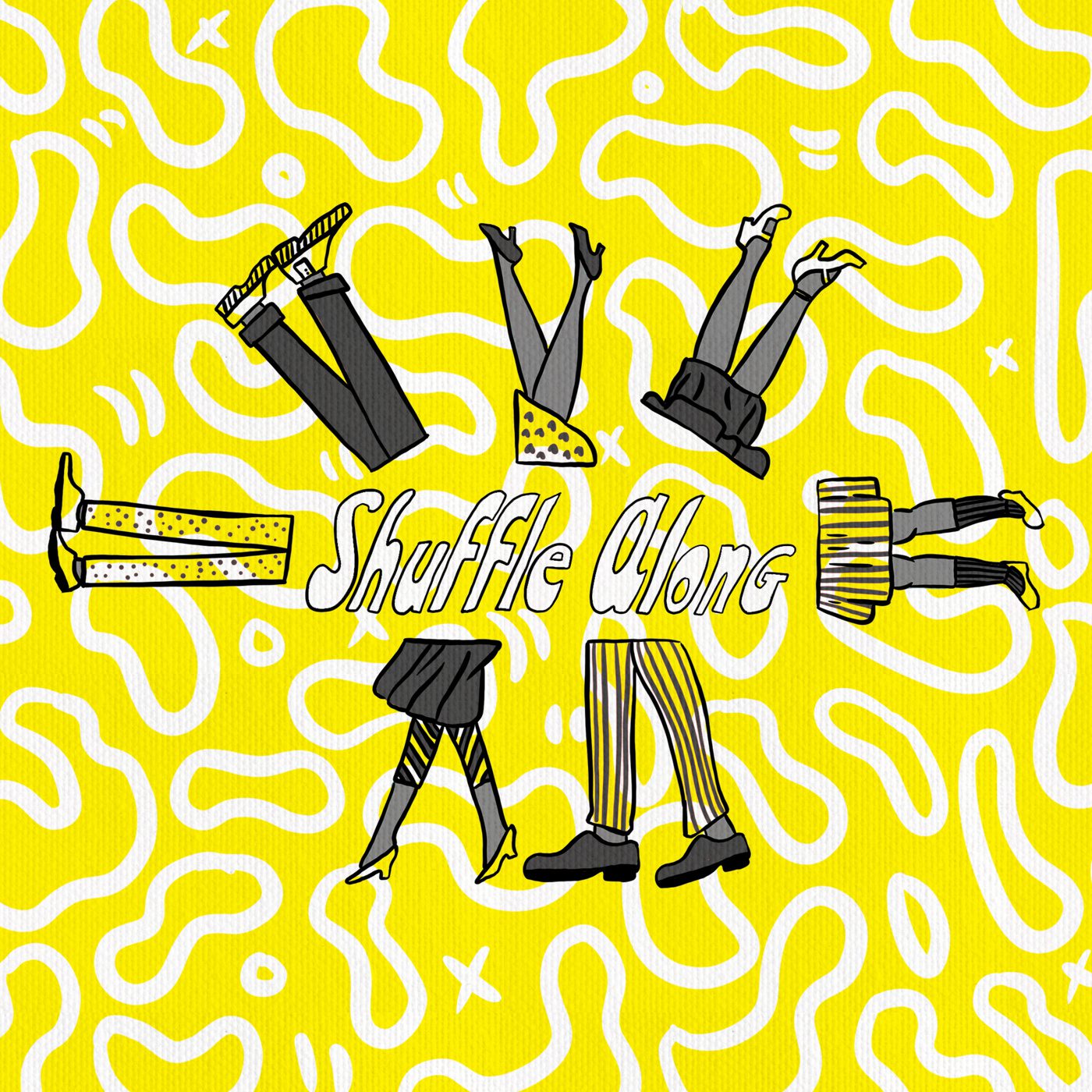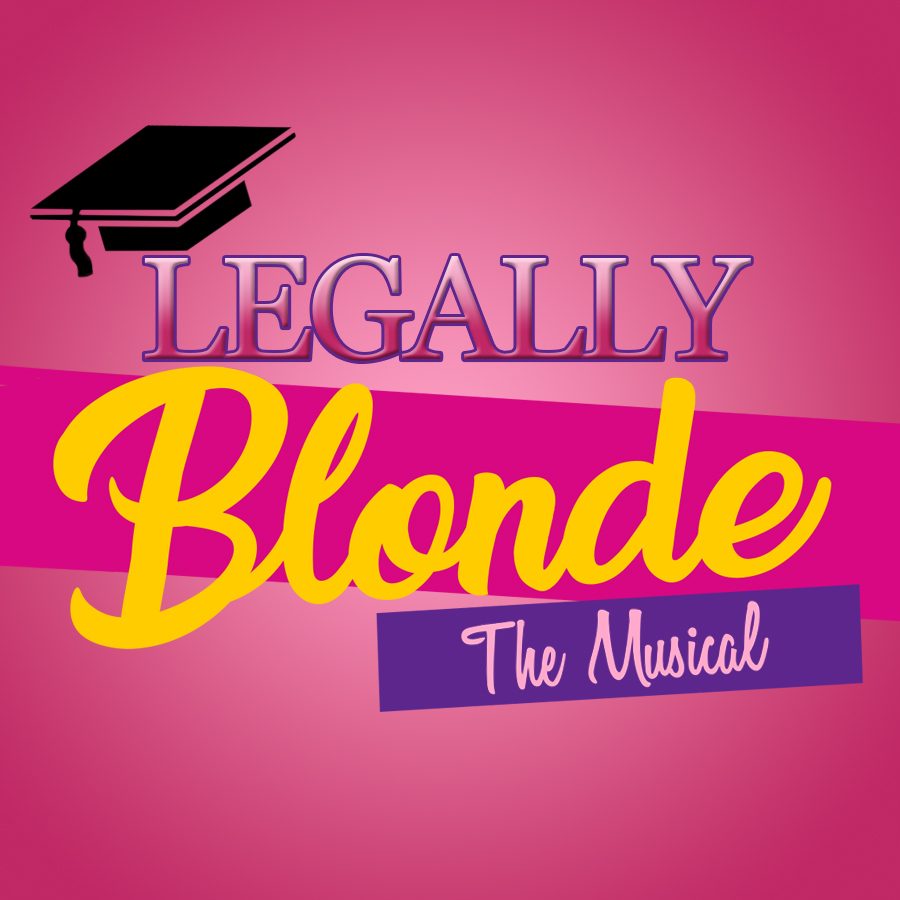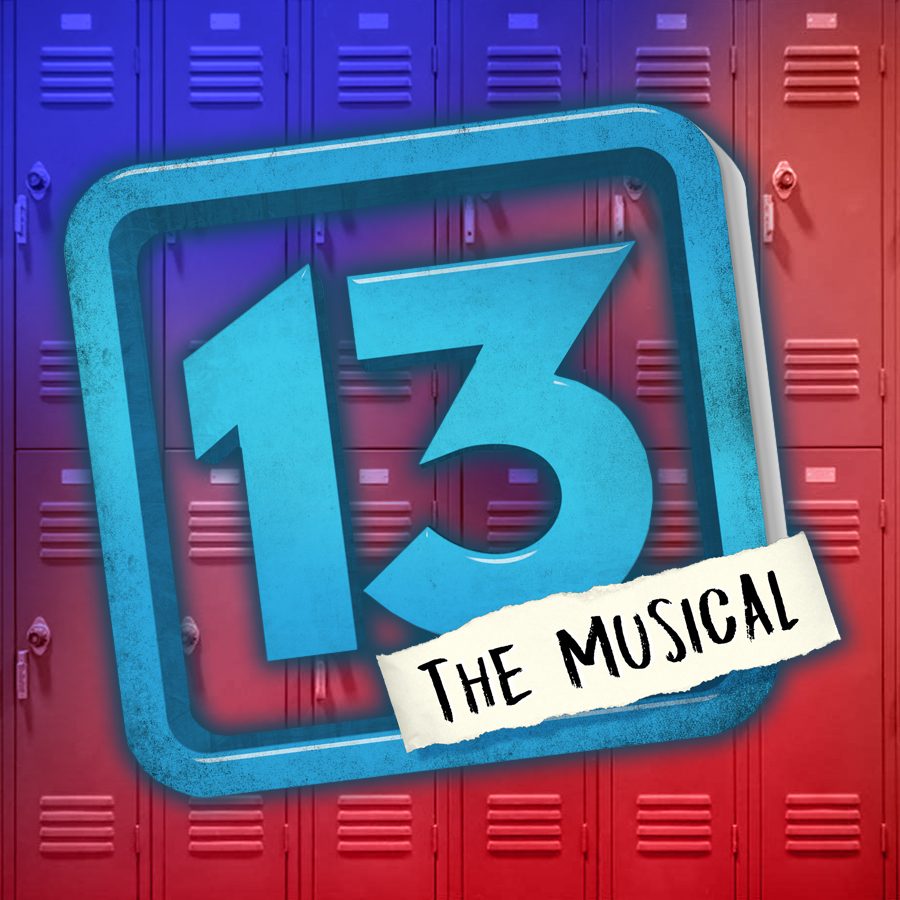BHM – Celebrating Influential Black Artist Part 1 – Shuffle Along
Legitimized The African-American Musical
This revue legitimized the African-American musical, proving to producers and managers that audiences would pay to see African-American talent on Broadway. President Harry Truman even picked a Shuffle Along song for his campaign anthem, “I’m Just Wild about Harry.”
A Surprise Hit Signals A New Era Of African-American Participation In American Theatre
A surprise hit, Shuffle Along ran for 504 performances at the Cort Theatre, signaling a new era of African-American participation in American theatre. The musical brought black actors back to Broadway after a 10-year absence during a time when the prominent black actors and producers of the day had retired and/or passed away. Shuffle Along also brought black audiences to the orchestra rather than being relegated to the balcony, and featured the first sophisticated, serious, African-American love story, introducing the song “Love Will Find a Way.”You’re Not Excluding Anyone
Laying The Foundation For Public Acceptance Of African-American Performers
Moreover, Shuffle Along laid the foundation for public acceptance of African-American performers in other than “burlesques” roles. Florence Mills, the female star, gained international fame due to the success of the show. Shuffle Along also had an innovative female chorus, which included up-and-coming performer Josephine Baker. They combined jazz dance and jazz music, creating an improvisational style of dancing that encouraged individual expression. Other Broadway producers, including those of the Ziegfeld Follies, were so impressed that they hired several of the Shuffle Along girls to give pointers to their choruses.
Inspiring The Creation of Countless African-American Musicals Showcasing African-American Dancing
Shuffle Along was so original and successful that it inspired the creation of countless other African-American musicals to showcase African-American dancing. In 1923, Miller and Lyle starred in Runnin’ Wild, which introduced the Charleston to the stage and turned it into a national and international fad. In Sissle and Blake’s 1924 production of The Chocolate Dandies, which made a star of Josephine Baker, the chorus line performed tap and danced closely together with a swinging rhythm.
The Impact Of Shuffle Along Ripples Through Broadway
The impact of Shuffle Along rippled through Broadway, with nine African-American musicals opening between 1921 and 1924. For the next few years, black theatre would pioneer several “firsts.” The Blackbirds of 1928 featured Bill “Bojangles” Robinson, the first black dance star, on Broadway. In 1929, Harlem, a drama by Wallace Thurman and William Rapp, introduced the Slow Drag, the first African-American social dance to reach Broadway. After the introduction of the Charleston, tap, Slow Drag, and jazz dancing, the majority of African-American musicals followed the same variety show format: featuring specialty acts—such as comedians, singers, dancers, and musicians—and a chorus of attractive girls.
Great Depression Did Not Derail Popularity Of This Lively New Genre
Even the onset of the Great Depression did not derail the popularity of this lively genre; six African-American musicals debuted during the 1930-31 season, and five shows appeared the following season. After the 1932 season, however, productions of African-American musicals declined. Although Blake, Sissle, Miller, and Lyles reunited for Shuffle Along of 1933, the production was not met with critical success. George and Ira Gershwin’s Porgy and Bess (1935) is remembered as the most successful “black” musical of the 1930s, but, in fact, only the on-stage talent was African American. And while everyone agreed that the performers were excellent, some African Americans complained that the musical did not reflect black life realistically.
New Era For Blacks On Broadway – Instrumental in Harlem Renaissance
As scholar James Haskins noted, Shuffle Along “started a whole new era for blacks on Broadway, as well as a whole new era for blacks in all creative fields.” Loften Mitchell, author of Black Drama: The Story of the American Negro in the Theatre, credits Shuffle Along (1921) with launching the Harlem Renaissance. Written, staged, and performed entirely by African Americans, Shuffle Along was the first show to make African-American dance an integral part of American musical theatre.
Learn More
Visit https://artsedge.kennedy-center.org/interactives/harlem/themes/shuffle_along.html









